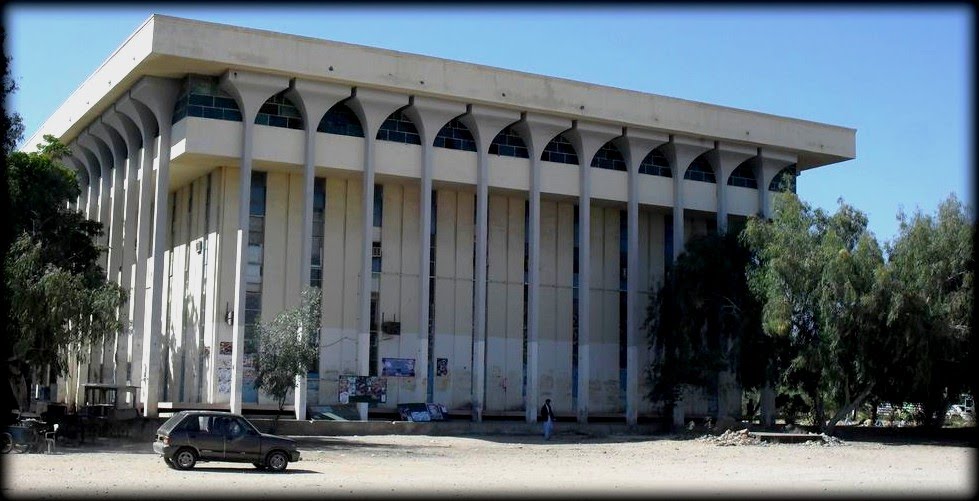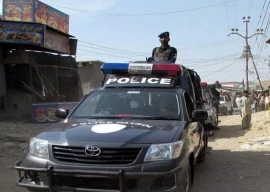
The University of Sindh's (SU) liabilities, including a bank loan, have soared to Rs717 million since February, 2019, leaving Sindh's second largest varsity with only Rs2 million currently in its bank accounts.
In order to lift itself from these financial straits, the SU has sought a bailout package of Rs1.5 billion from the federal and provincial governments.
The university's acting vice chancellor, Prof Dr Muhammad Siddique Kalhoro, briefed teachers, officers and staff about the financial problems on Tuesday.
The briefing, however, was held as the Sindh High Court ordered the restoration of VC Prof Dr Fateh Muhammad Burfat, who had been sent on forced leave while facing a graft probe by the Anti-Corruption Establishment.
Burfat was to resume work on Wednesday and had invited media to cover his rejoining, but it was delayed.
Though Kalhoro did not directly blame Burfat for the prevailing fiscal situation, the duration in which the liabilities accrued pointed tacitly towards his stewardship.
"After taking acting charge on September 15, I called the finance director to provide details of the accounts. I was surprised to see the list of the liabilities, including a private bank's overdraft loan of Rs200 million against which the university is paying a monthly markup of Rs1.7 million," said Kalhoro.
By October 2019, SU had to pay Rs90 million for pensions and retirement funds but did not do so. Consequently, narrated Kalhoro, the liabilities under that head had accumulated to Rs150 million.
"The HEC released Rs15 million to the SU for need-based scholarship funds in March 2020. But instead of releasing these funds to students, they were spent under different heads," he went on.
According to him, the funds deducted from teachers' monthly salary as the Sindh University Teachers Association membership fee were also not being deposited in the relevant account.
He further warned that the university's revenue would dip further in coming days because the Higher Education Commission had directed it to shut down the private BA, BSc, BCom and MA programmes that had previously been offered by its affiliated colleges.
"The impression was wrongly being given that the university isn't running into deficit by showing Rs600 million, kept for the development of the teachers' housing scheme, as the university's funds," Kalhoro disclosed.
He also revealed that the funds released to a private insurance company for the varsity's employees' health insurance contract was almost doubled from Rs40 million to Rs72.5 million last year, adding that the SU would end the health insurance programme and replace it by taking on some hospitals on the varsity's panel. He added that a committee had been formed in this regard.
Moreover, the acting VC said, the SU had been unable to provide the budget increment for the 2020-21 fiscal year to its employees, who had also not been receiving telephone allowances for 11 months. "These liabilities are in addition to the Rs717 million," he clarified.
According to Kalhoro, though he had been scheduled to meet Sindh Chief Minister Murad Ali Shah to discuss SU's financial situation, the CM subsequently fell ill with Covid-19.
The varsity has requested the federal and Sindh governments for bailouts of Rs500 million and Rs1 billion, respectively.
Its liabilities include Rs90 million under commutation payment, Rs27 million of leave encashment, a Rs23.56 million electricity bill for September, Rs22 million TA and DA for semester exams, Rs17 million group insurance, and Rs15 million each for pre-entry conducting staff and need-based scholarships. The list of liabilities consists of a total of 24 pending payments.
Published in The Express Tribune, November 26th, 2020.



1725443747-0/Untitled-design-(5)1725443747-0-165x106.webp)














COMMENTS
Comments are moderated and generally will be posted if they are on-topic and not abusive.
For more information, please see our Comments FAQ